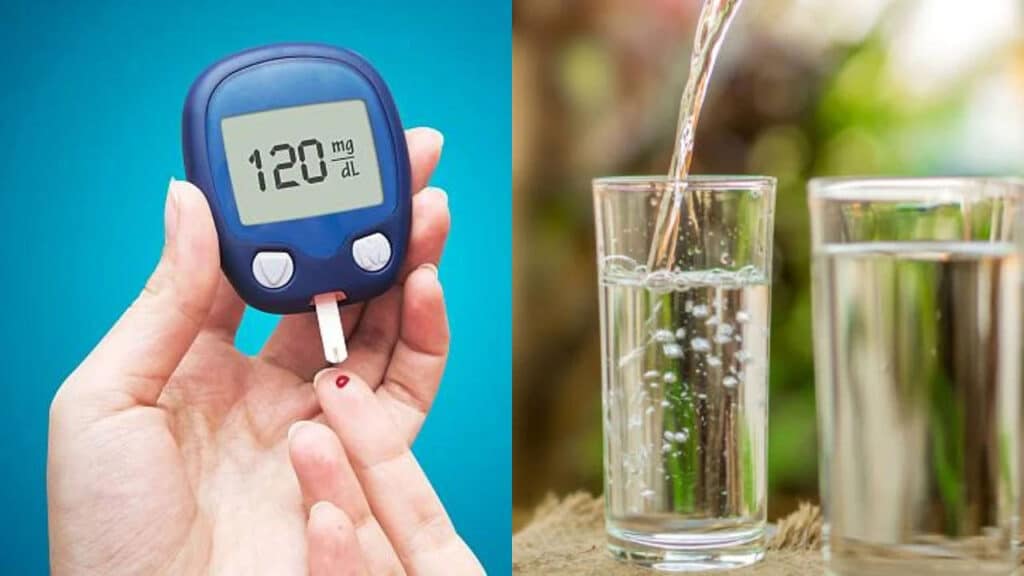Whether we talk about type 1, type 2 or gestational diabetes, we’re still talking about Diabetes mellitus. When most people say diabetes, that’s what they mean. But Diabetes mellitus isn’t the only condition bearing a diabetes label; there’s also Diabetes insipidus, which is a completely different and unrelated thing.
Well, it’s not exactly completely different. The name diabetes comes from Latin, which took it from a Greek word meaning “a passer through; a siphon.” A physician named Aretaeus of Cappadocia used it to refer to any condition that caused excess urination. Both types of diabetes can cause increased thirst and urination, but they’re caused by totally separate mechanisms.
The difference between the two is also in their names. Mellitus means “honey sweet” while insipidus means “tasteless.” In 1675, the English doctor Thomas Willis realized that Diabetes mellitus made urine taste sweet (because of elevated glucose). He wasn’t the first person to note this, but it did lead him to add the mellitus designation. It was a century later when Johann Peter Frank of Germany specifically distinguished between mellitus and insipidus as separate conditions.
There are four types of Diabetes insipidus, each with similar symptoms but slightly different causes. Central diabetes insipidus is related to reduced levels of the hormone vasopressin. Nephrogenic diabetes insipidus is when the kidneys have problems reacting to vasopressin. Gestational diabetes insipidus only occurs during pregnancy, when vasopressin breaks down due to vassopressinae.
As you can see, vasopressin is very important in Diabetes insipidus. It’s also known as antidiuretic hormone and has a vital role in regulating our bodily fluids. There is, however, a type of Diabetes insipidus not related to lack of vasopressin. Dipsogenic diabetes insipidus occurs when we take in too much fluid, known as primary polydipsia. This can happen when our ability to feel thirst is damaged, which can have physical or mental causes.
To treat central and gestational diabetes insipidus, a drug called desmopressin is used. In nephrogenic diabetes insipidus, you need to figure out the problem with the kidneys and treat that. Other than this, the most important thing is to drink enough water, but not too much.
Diabetes insipidus may not be as well-known as Diabetes mellitus, but it can still have a big impact on people’s lives. That’s why we should try to understand it and how it’s different from diabetes as we think of it.




